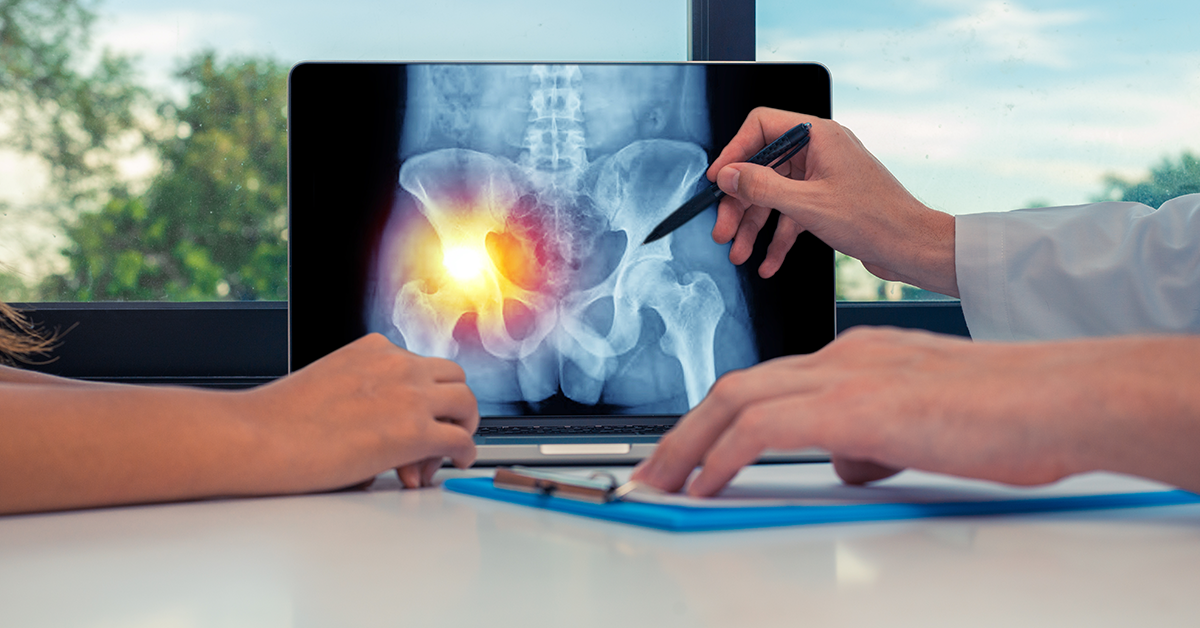
What is a Cementless Hip Implant?
Hip replacement surgery has evolved significantly over the years, offering patients various options tailored to their specific needs and conditions. One such option is the cementless hip implant, a modern approach that has gained popularity due to its advantages in promoting natural bone growth and long-term stability. A cementless hip implant, also known as a press-fit or uncemented hip implant, is designed to allow the patient’s natural bone to grow onto and secure the implant. Unlike traditional cemented implants, which use a special bone cement to hold the implant in place immediately, cementless implants rely on the body’s natural healing processes to achieve stability.
The cementless implant consists of several components, typically made from porous materials like titanium or cobalt-chromium alloys. These materials have a rough or porous surface that encourages bone growth. When the implant is inserted into the prepared bone, the natural bone tissue gradually grows into the porous surface, securing the implant firmly in place.
One of the primary advantages of cementless hip implants is their potential for long-term stability. As the bone grows into the implant, it creates a strong, biological bond that can be more durable than the bond created with cement. This is particularly beneficial for younger, more active patients who need an implant that can withstand higher levels of activity over many years.
Another benefit of cementless implants is the reduced risk of certain complications associated with bone cement. In some cases, the cement used in traditional implants can degrade over time, potentially leading to loosening of the implant. Cementless implants eliminate this concern, as there is no cement to break down.
The recovery process for a cementless hip implant can be slightly different compared to a cemented implant. Initially, patients may need to follow specific weight-bearing restrictions to allow the bone to grow into the implant without excessive stress. Physical therapy plays a crucial role in this process, helping patients regain strength and mobility while ensuring the implant remains securely in place.
While cementless hip implants offer many advantages, they are not suitable for everyone. The success of a cementless implant relies on the quality of the patient’s bone. Patients with poor bone quality or conditions that affect bone growth may not be ideal candidates for this type of implant. Your orthopedic surgeon will evaluate your specific situation, including your age, activity level, and bone health, to determine if a cementless hip implant is the best option for you.
In summary, a cementless hip implant is a modern alternative to traditional cemented implants, offering potential benefits in terms of long-term stability and reduced risk of certain complications. By promoting natural bone growth, these implants provide a durable and biologically integrated solution for patients needing hip replacement surgery. If you are considering hip replacement, discuss the option of a cementless implant with your surgeon to determine if it’s the right choice for your needs and lifestyle.
